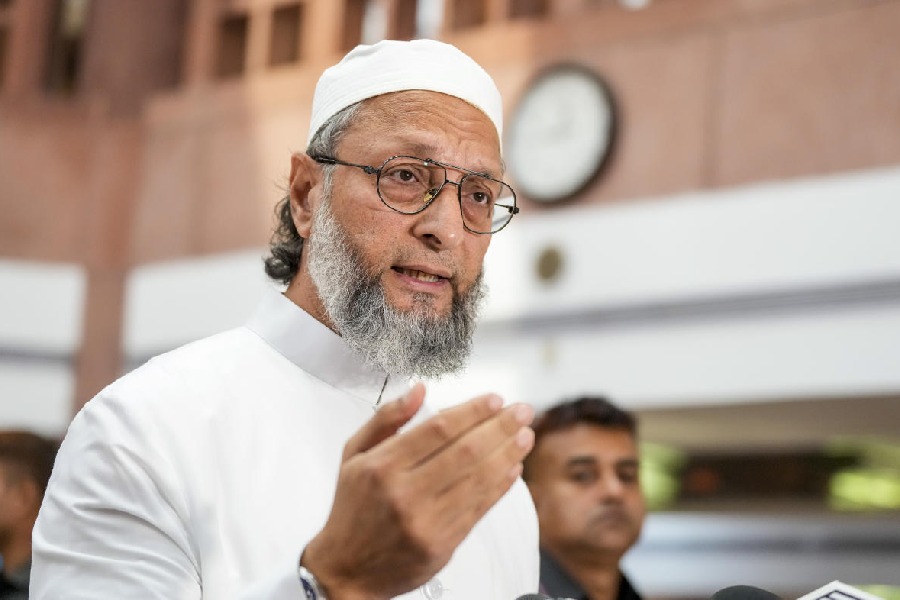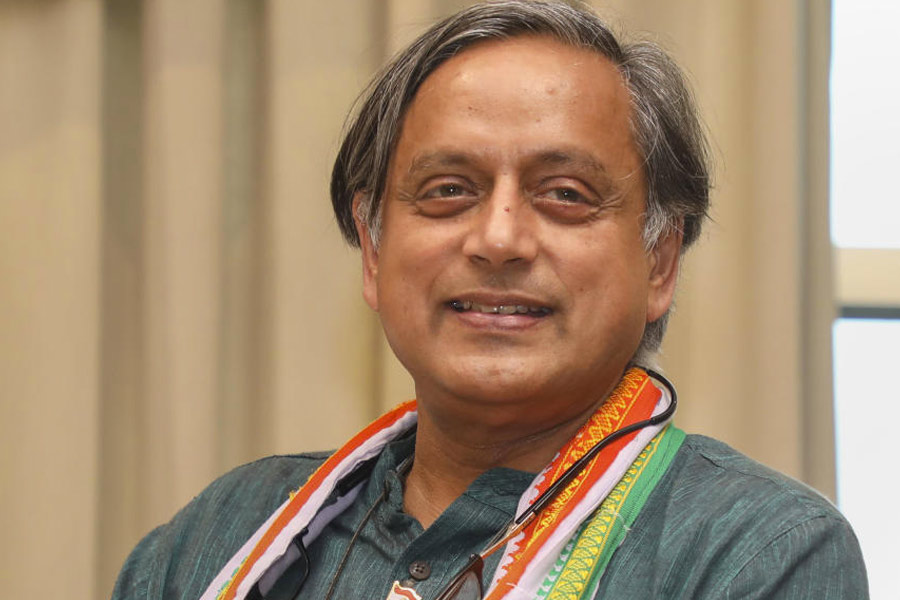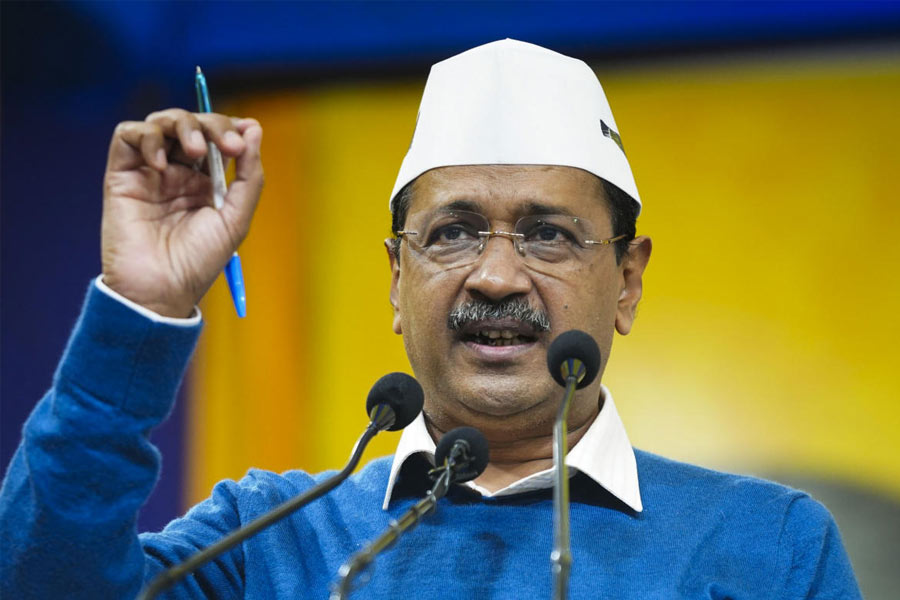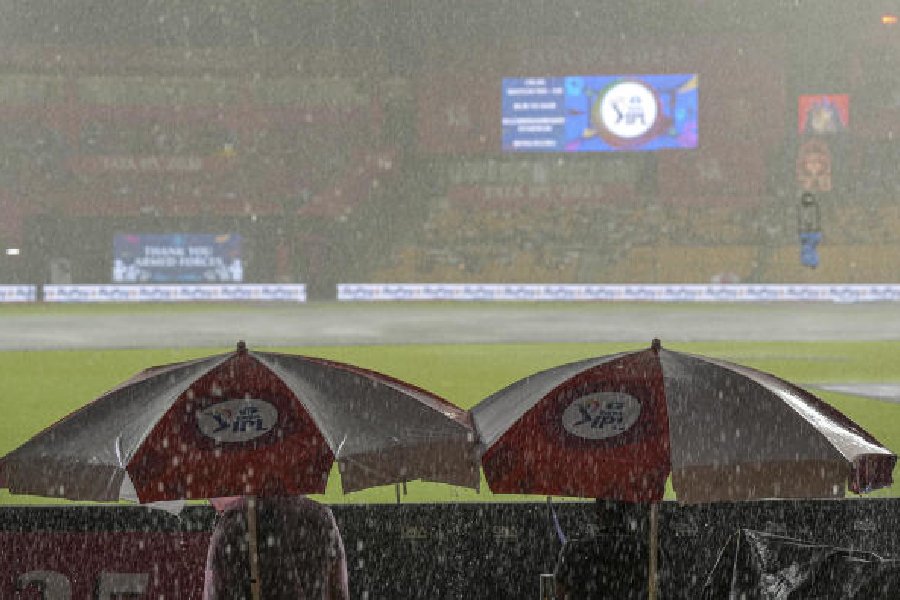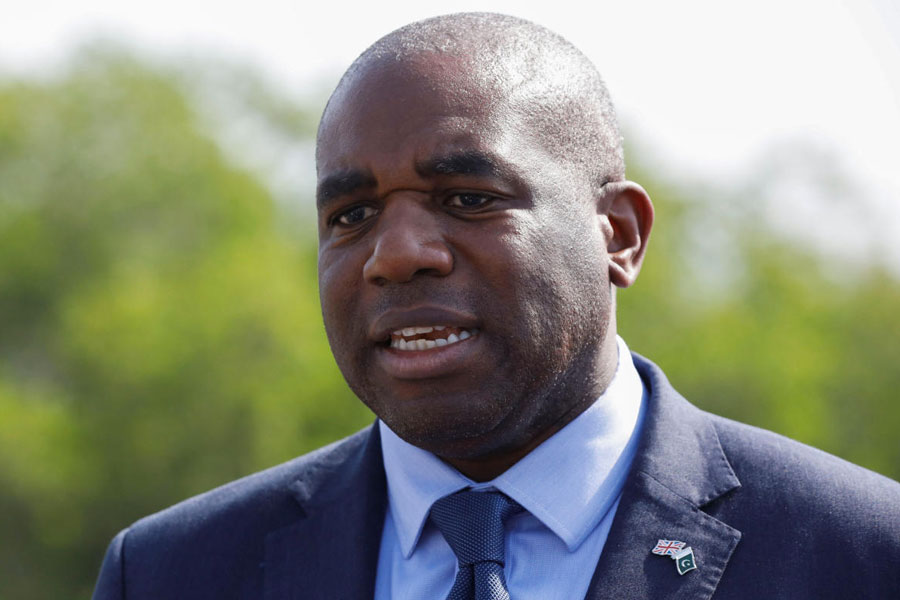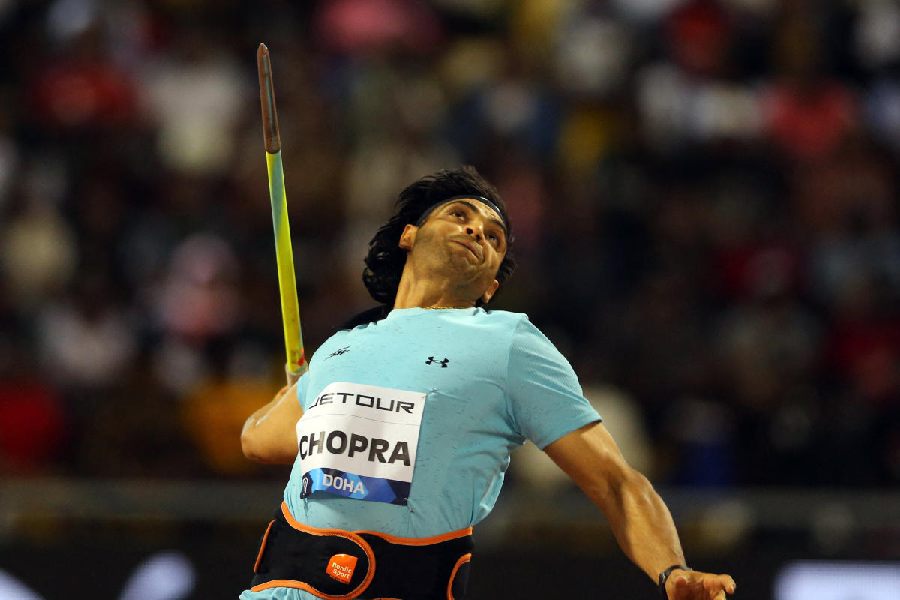Patna, Dec. 18: The healthy growth of the state’s gross domestic product has amazed many but the government is itself in the dark about how much has been spent on development.
The state has no official data of capital formation. As a result, it is bereft of any authentic statistics on what fraction of the gross state domestic product (GSDP) has been spent on development.
Explaining the situation, a senior government officer said: “Capital formation is a key indicator of development and its healthy percentage in the total expenditure of any economy is considered to be an indicator of growth. In India, the percentage of capital formation is around 30 per cent of the GDP; in China, it is as high as 40 per cent.”
He added: “The GSDP indicates the income registered in different sectors and how this amount is being spent. Two parameters — consumption expenditure and capital formation — are used to measure it. In Bihar, the National Sample Survey Organisation (NSSO) provides the figures for consumption expenditure. But capital formation has never been calculated.” While consumption expenditure deals with the part of income spent on meeting recurring payments, capital formation pertains to the income spent on productive assets creation. For instance, if a factory spends money to purchase equipment to enhance productivity, then it can be classified as capital formation.
Economists echoed the views of the government officials.
Patna University economics professor N.K. Choudhary said: “Keeping people in the dark about capital formation is like denying vital information about the government’s expenditure. Without this data, no one can say exactly what amount is being spent on the creation of assets which would fuel growth.”
Asian Development Research Institute director P.P. Ghosh added: “One of the problems of judging the strength of development at the state-level is the absence of reliable data on capital formation.”
No such data has been collected for Bihar since 1948-49, when the system of generating economy related data was introduced.
Explaining the reason for this, a senior government official said: “Data related to government, public and private sector firms and households would be required to calculate the figure of capital formation. The state statistical directorate is not equipped with necessary tools for collecting such a huge data.”
So pathetic is the situation that data of government expenditure is also unavailable.
Besides the development funds marked for the state and central government establishments, no data is available. In case of public and private sector enterprises, there is no system in place to collect data on the basis of their annual reports. As far as household survey is concerned, the resources at the disposal of the state government are way too little to conduct such a broad survey.
An official even questioned the veracity of the NSSO data on consumption expenditure claiming that it was complied on the basis of samples collected from around 20,000 households whereas there are more than 1.5 crore homes in the state.
“Extrapolating such a small sample over a huge number is bound to give distorted figures,” added the official.
Extrapolation is a method in which data for a sample size is collected and based on the outcome, figures for the whole area is calculated while taking into account the variables which come into play while collecting the data.
Economists suggested that the data collection system would have to be strengthened to overcome the information gap.
“The government should take steps to strengthen the directorate of statistics,” Ghosh said.
Choudhary was more of the government. “If government is really serious about its development claims then it should strengthen its data collection system so that people can get a real picture of the growth story,” he said.
The government claimed that steps were being taken to improve the situation.
“The Centre had recently provided Rs 92 crore for strengthening the statistical directorate and the data-collection system. A proposal to set up an independent agency which would be free to hire the trained people for data collection would soon be put up for the approval of the state cabinet,” a source in the statistical directorate said.


